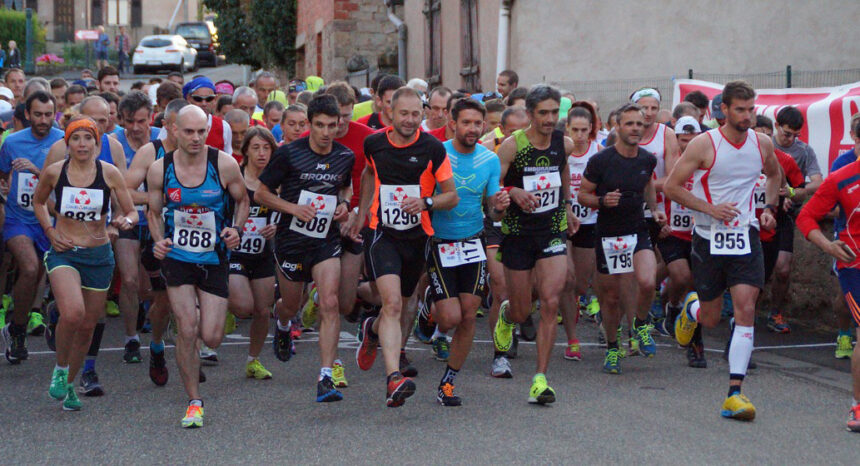A new study suggests marathons interfere with ambulance service. Transportation delays may help explain why elderly patients with cardiac problems are more likely to die if they live near race routes.
The issue: Government and community leaders often boast about the economic benefits of major marathons, which can bring thousands of athletes and visitors to an area, generating millions of dollars in tourism revenue. More than 30,000 runners from 95 countries entered the 2017 Boston Marathon. In 2016, 28,664 people entered the Honolulu Marathon, once the world’s largest long-distance running race.
While such big events may bolster local business, they also require road closures and cause other disruptions that affect communities near the marathon route on race day. A new study offers insights into how marathons — and events such as parades and protest marches — may impact local residents.
An academic study worth reading: “Delays in Emergency Care and Mortality during Major U.S. Marathons,” published in the New England Journal of Medicine, 2017.
Study summary: Anupam Jena, a professor of health care policy at Harvard Medical School, led a small group of researchers who looked at whether disruptions associated with large marathons affect local residents’ access to emergency medical care. The group examined ambulance data and patient data collected over 11 years from hospitals located near the 11 largest U.S. marathons. Researchers compared data from patients admitted on race days to patients admitted to the same hospitals with the same health problems five weeks before a marathon and five weeks afterward.
To try to exclude race participants from the study, researchers focused on patients who were aged 65 and older, were Medicare recipients, had multiple preexisting medical conditions and came to the hospital with serious cardiac issues such as a heart attack. The analysis included 1,145 visits to marathon-affected hospitals on race days between the years 2002 and 2012 as well as 11,074 visits to the same hospitals before and after a marathon. The authors only included patients aged 70 and older in calculations related to ambulance travel times.
Key takeaways:
- Before noon on marathon days, ambulances took longer to get patients to hospitals. Ambulance travel time in marathon-affected areas was 4.4 minutes longer, on average. On the days when no marathon was held, it took an average of 13.7 minutes to get someone living near the marathon route to a hospital. On the day of a marathon, it took an average of 18.1 minutes – about 32 percent longer.
- There was no notable difference in the number of miles ambulances drove on marathon days compared to non-marathon days.
- Patients hospitalized on marathon days were more likely to die within a month of being admitted than patients brought to the hospital on other days. About 28.2 percent of elderly adults who suffered serious cardiac issues on marathon days died within 30 days compared to 24.9 percent who experienced the same health problems on a day with no marathon.
- “Rates of acute myocardial infarction with concurrent cardiac arrest were twice as high among [Medicare] beneficiaries hospitalized on marathon dates as among similar beneficiaries hospitalized on nonmarathon dates, a finding that is consistent with delayed care.”
- Road closures and delays in medical care may explain the higher mortality rate among patients who were admitted to the hospital on the same day that a major marathon was being held in the area.
Other resources:
- The National Highway Traffic Safety Administration collects data on ambulance safety and crashes. A 2015 report offers key insights.
- Individual marathon websites offer details for events such as the Boston Marathon, Philadelphia Marathon and Los Angeles Marathon.
Related research:
- Journalist’s Resource has compiled research related to the Boston Marathon bombing of 2013. Studies focus on areas such as the performance of law enforcement and the role of social media and communication technologies.
- A 2001 study in The American Journal of Emergency Medicine, “A Comparison of Rural and Urban Ambulance Crashes,” indicates a greater likelihood of ambulance crashes in urban areas. However, ambulance crashes in rural areas tend to be more serious.


Expert Commentary